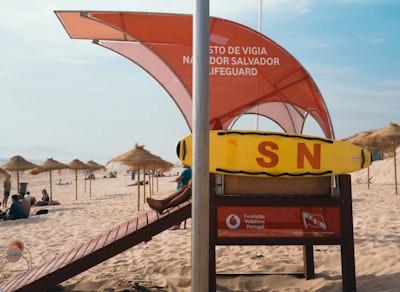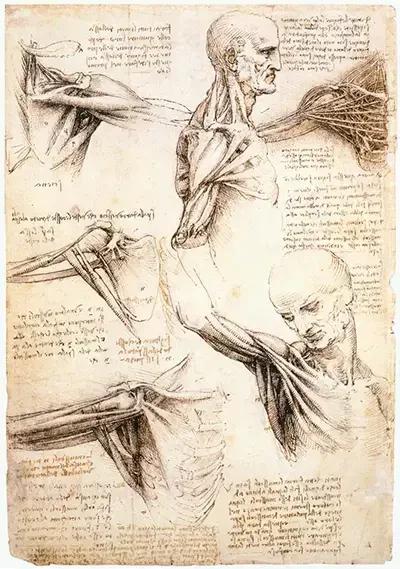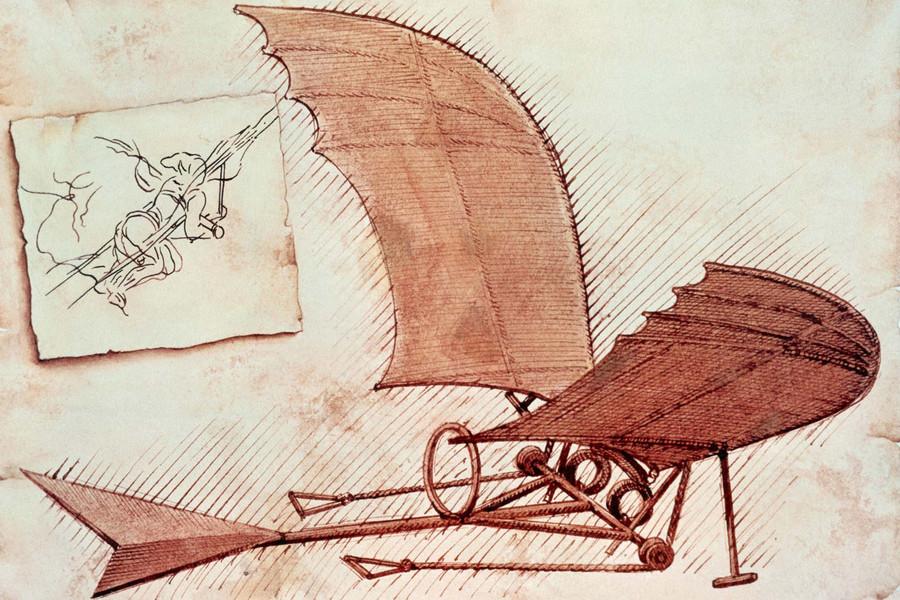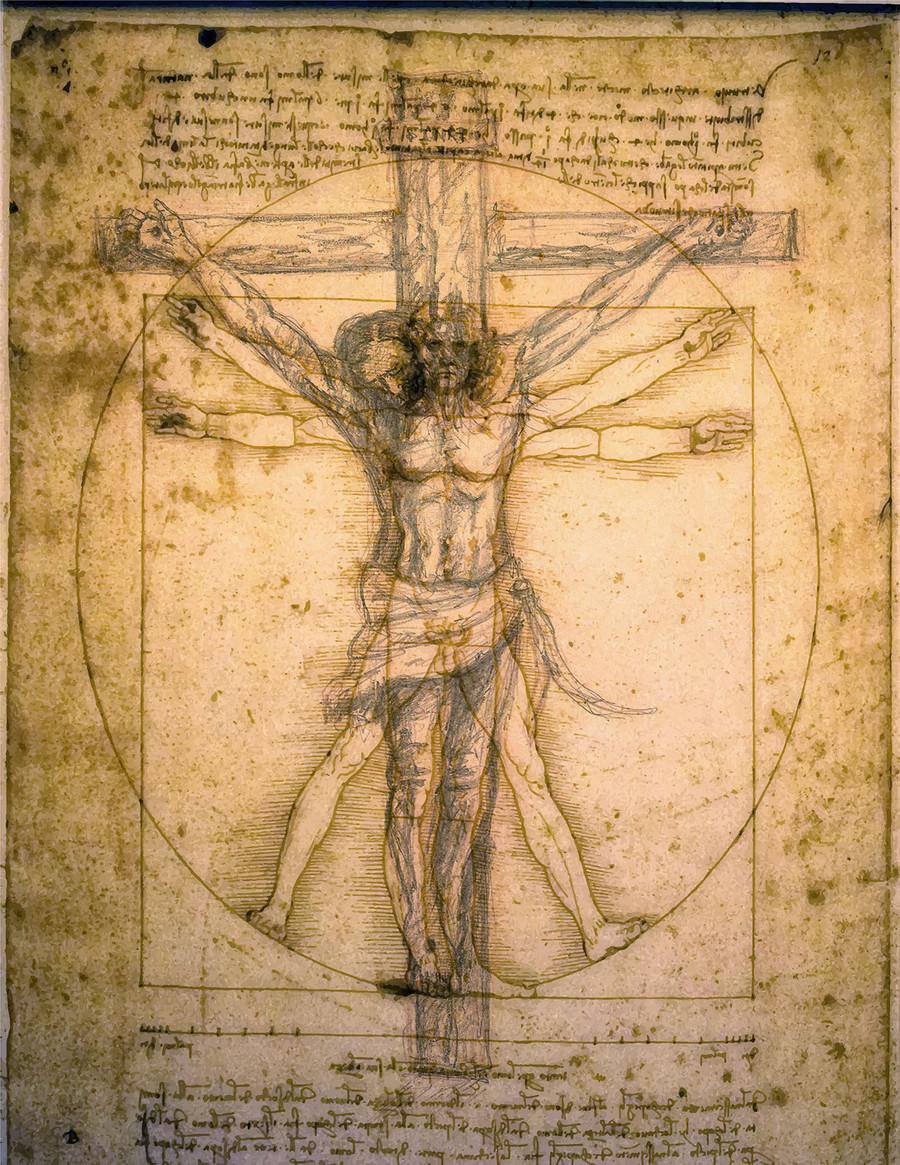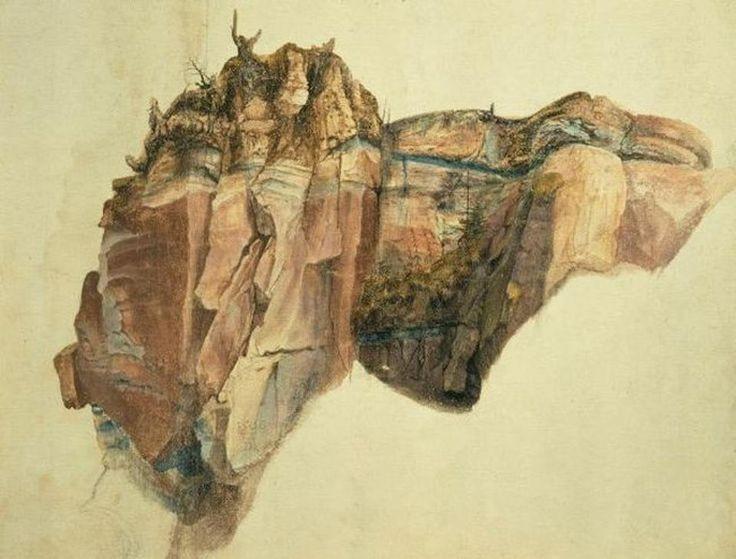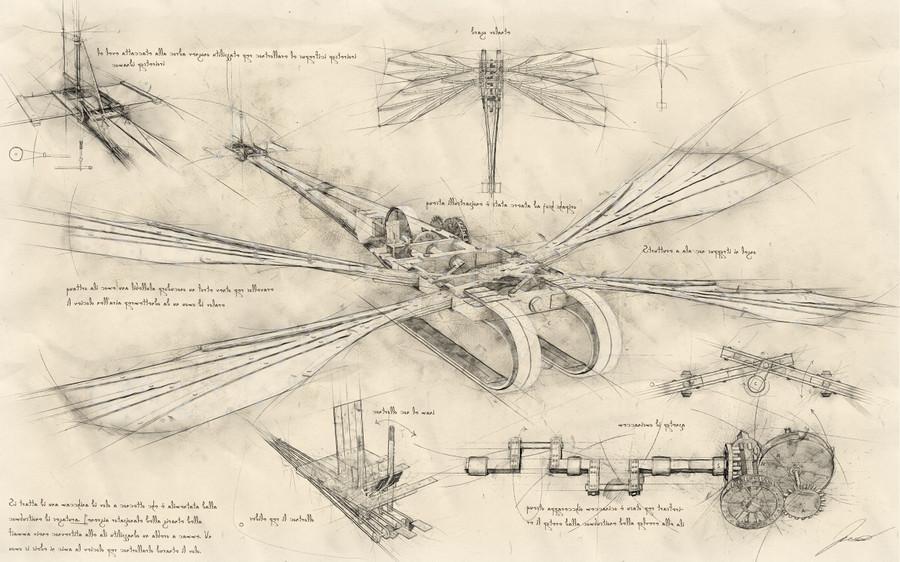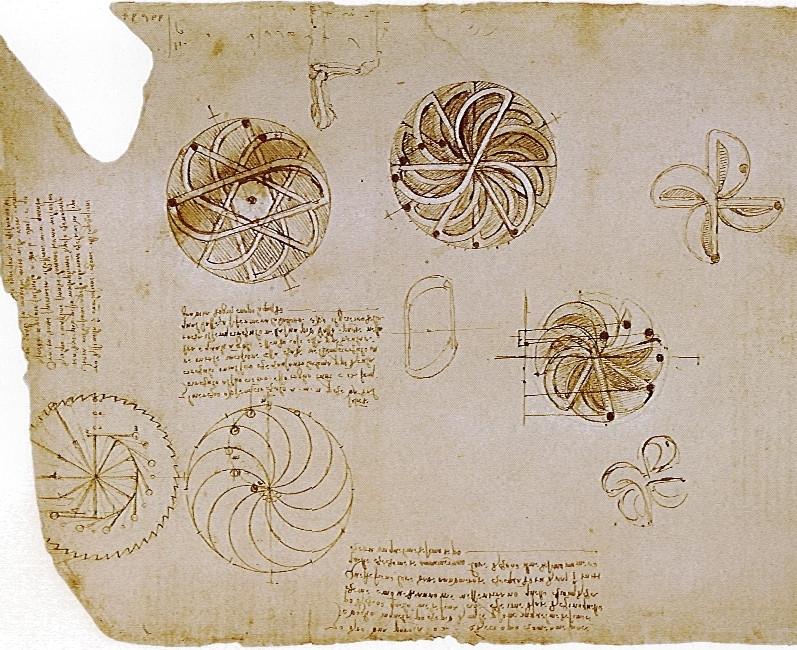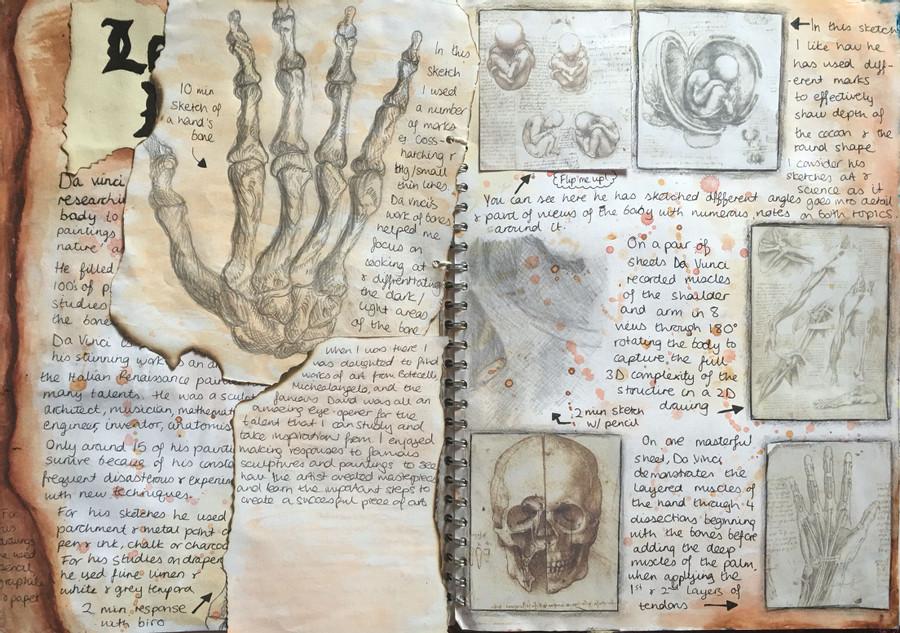Explore the World's Best Ideas
Join today and uncover 100+ curated journeys from 50+ topics. Unlock access to our mobile app with extensive features.
The Scientist Named Da Vinci
Da Vinci is often described as being a true Renaissance polymath: that is, a person who wishes to understand all branches of knowledge.
His scientific method consisted of a mix of observation of the world around him and the physical experimentation with, and construction of, new inventions, aided by preliminary sketches.
39
1.12K reads
Lack Of Structure Fuels Multi-Dimensional Knowledge
A lack of a formal structure to his education is precisely what enabled Da Vinci to be such a free thinker and such a good scientist. Da Vinci's scientific interests, inventions and experiments spread out vastly into numerous different areas of science. Not only was he interested in chemistry and geology but also in astronomy, pyrotechnics, biology (or zoology), human and animal anatomy and mechanical engineering.
Da Vinci's scientific endeavours were so ahead of his time that he has anticipated many devices that we consider to be 'modern'.
45
990 reads
Da Vinci's Studies in Anatomy
Da Vinci made many detailed drawings of both human and animal anatomy. His famous drawing of the Vitruvian Man is an example of his interest in the proportions of the human body. This drawingis a good example of how several of Da Vinci's scientific works could also be considered works of art.
There is no doubt that Da Vinci's in depth knowledge of the human anatomy beneath the skin enabled him to create such dynamic and realistic portraits of human beings in his paintings.
38
932 reads
Da Vinci's Relationship with Geology
Da Vinci traced his interest in geology back to a powerful childhood memory that he had of entering a cave near where he was living and seeing, by torchlight, bands of different fossils in the rock. This suggested to him that at one time the cave - which was high up in the Apennine Mountains - was once below sea level.
Leonardo studied the way in which sedimentary rock was formed and this led him to dismiss the notion that it was Noah's Great Flood that caused the sea shells to be thrown up into the mountains.
38
875 reads
Hydrodynamic Studies
As a young man, Da Vinci used to construct numerous different objects thanks to an uncle who taught him how. Da Vinci thus made a very good self taught civil engineer. He constructed several inventions that were deemed to be very useful by the state of the time, including bridges and several catapults. One significant aspect of his studies in civil engineering involved hydrodynamics.
Da Vinci created several machines that were designed to control the flow of water, including a corkscrew-shaped contraption that was able to move water in a vertically upward direction.
33
836 reads
Da Vinci's Other Scientific Discoveries
From his perpetual motion machine to his theories about the relationship between light and opaque bodies, Da Vinci's scientific discoveries are all totally fascinating.
He used his geometrical investigations to understand more about perspective (and subsequently applied this knowledge in his works of art), for instance, whilst his love of flowers and plants led him to study and sketch the makeup of trees and flowers with as much skill and dedication as he devoted to the inner workings of the human body.
31
776 reads
The Sketchbooks Of Da Vinci
- Da Vinci's plethora of sketchbooks and journals is a window onto his scientific mind.
- Usually, Da Vinci wrote in his journals and annotated his scientific diagrams with mirror writing (i.e. writing that could be read by placing a mirror up against the page).
- He also published one scientific work. This was a mathematical treatise on the proportion which was published in 1509.
39
817 reads
IDEAS CURATED BY
Theodore H.'s ideas are part of this journey:
Learn more about history with this collection
Leonardo da Vinci's creative process
How to approach problem-solving like da Vinci
The importance of curiosity and observation
Related collections
Similar ideas
13 ideas
Leonardo da Vinci Quotes
thoughtco.com
9 ideas
6 ideas
What Made Leonardo da Vinci a Genius?
nationalgeographic.com
Read & Learn
20x Faster
without
deepstash
with
deepstash
with
deepstash
Personalized microlearning
—
100+ Learning Journeys
—
Access to 200,000+ ideas
—
Access to the mobile app
—
Unlimited idea saving
—
—
Unlimited history
—
—
Unlimited listening to ideas
—
—
Downloading & offline access
—
—
Supercharge your mind with one idea per day
Enter your email and spend 1 minute every day to learn something new.
I agree to receive email updates
